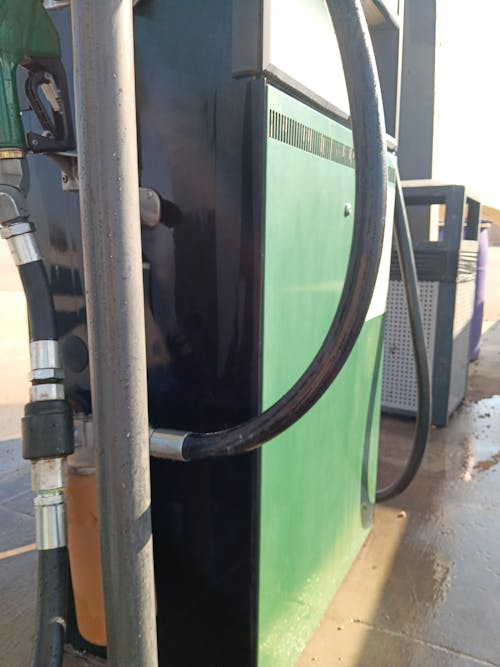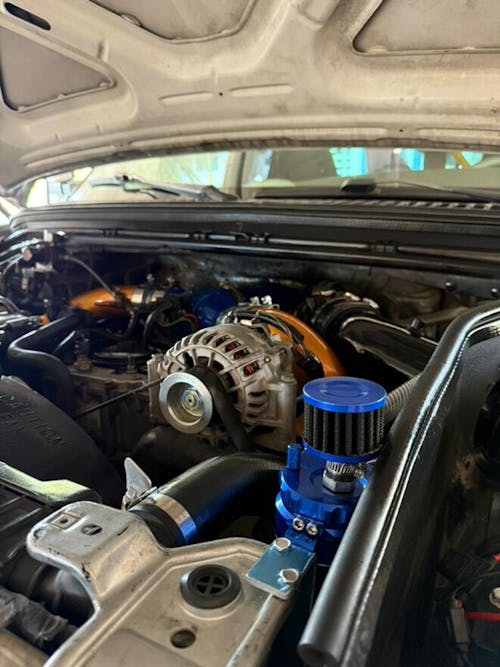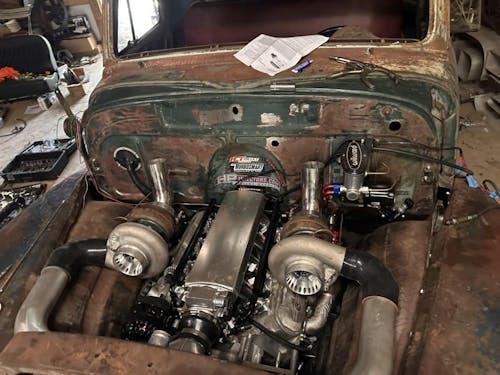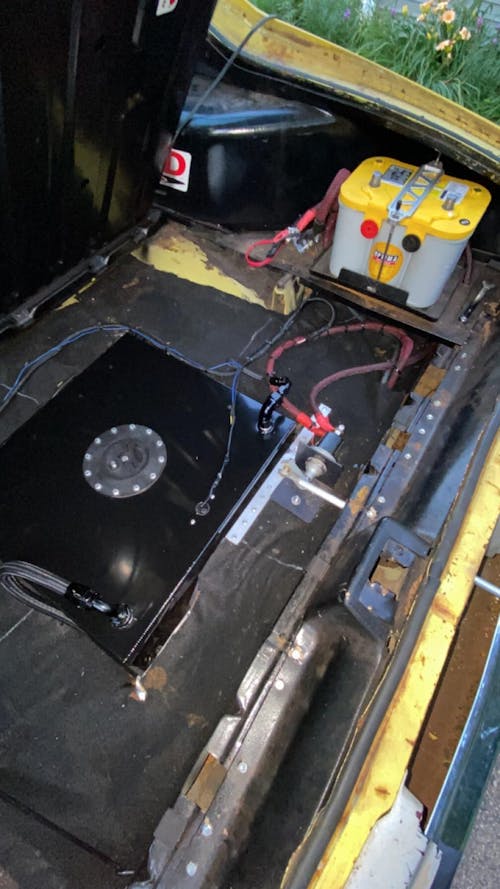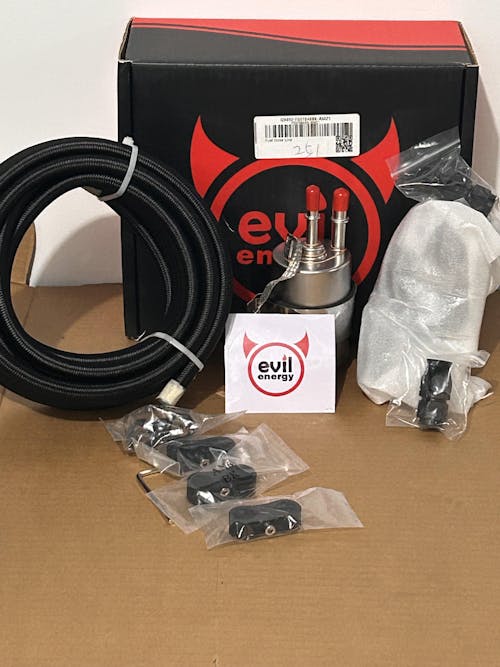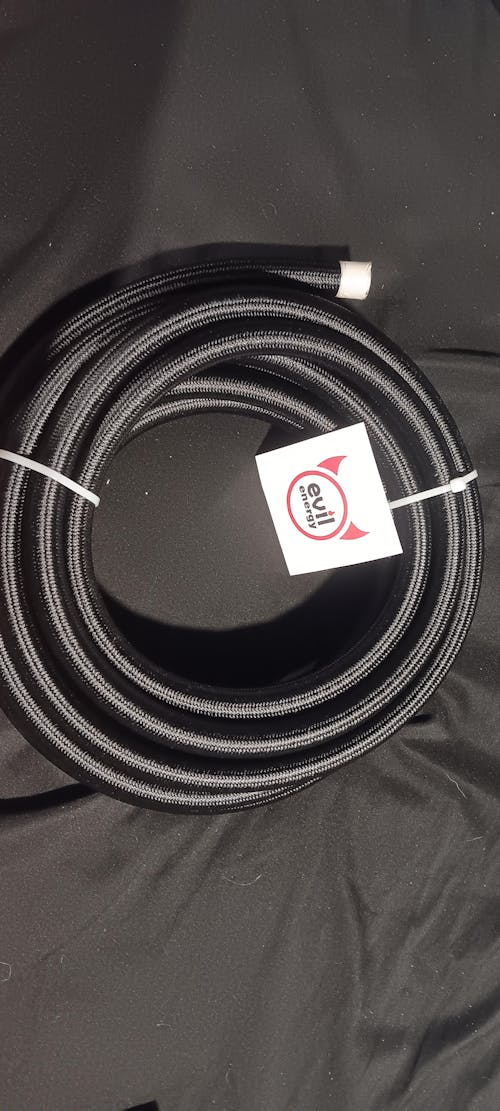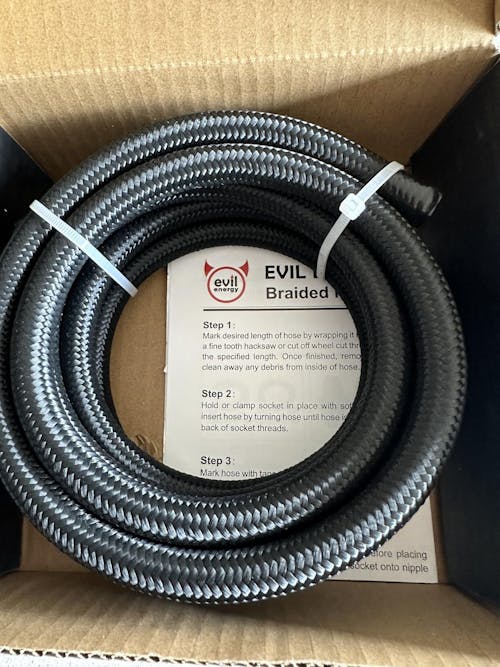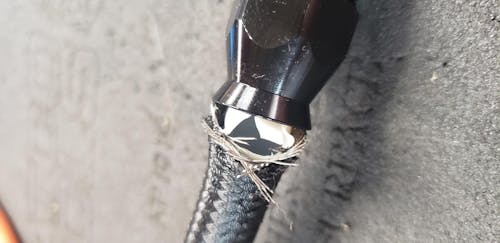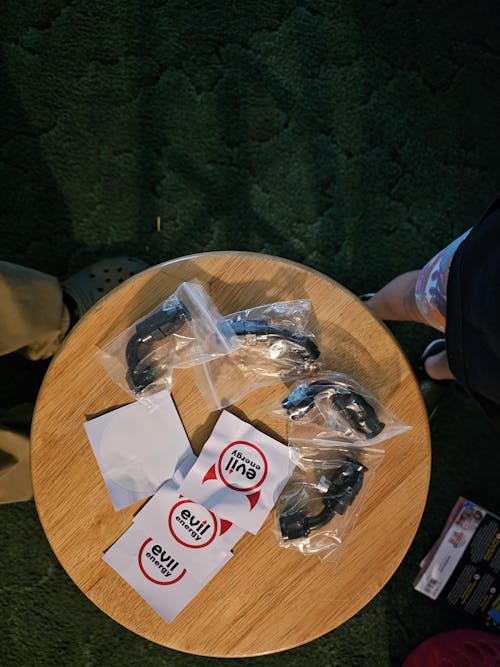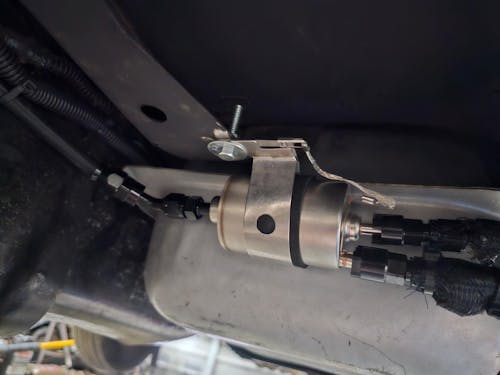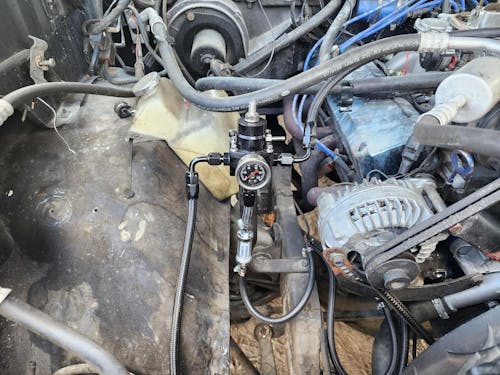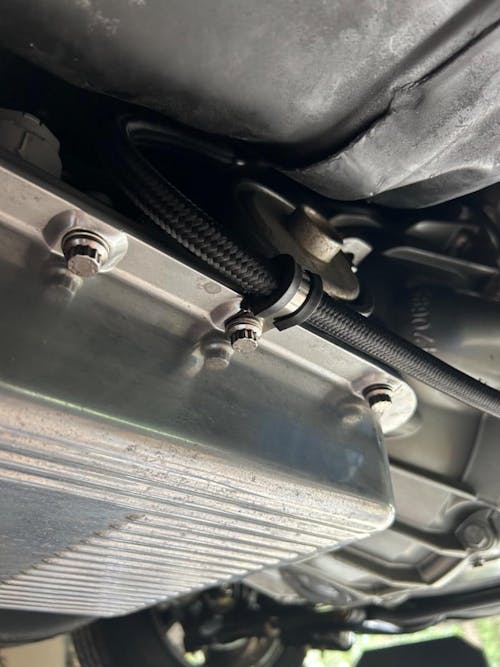EFFICIENT TRIO: EVIL ENERGY MUFFLER, OIL COOLER, AND CUTOUT EXHAUST
EFFICIENT TRIO: EVIL ENERGY MUFFLER, OIL COOLER, AND CUTOUT EXHAUST
In the realm of automotive innovation, where every part tries to increase performance, efficiency, and general driving experience, the power triplet emerges – The Evil Energy Muffler, the Oil Cooler, and the Cutout Exhaust. All play distinctive roles, helping to uplift the efficiency of your automobile.
Evil Energy Muffler
Evil Energy Mufflers – often known as resonators, constitute part of the vehicle’s exhaust system. Meticulously created to control and refine the acoustic emissions produced by exhaust gases, it helps in a smoother, more refined, and pleasant exhaust tone. Through precise frequency modulation, Evil Energy mufflers play a crucial role in the better driving experience of an automobile while ensuring compliance with noise regulations.
Masters of Noise Control
Evil Energy mufflers are good at managing sound in the exhaust system of the car, ensuring a quieter and more entertaining driving experience by changing the sound of the engine. This system is used to transform loud to enjoyable sound on roads.
Dual Impact: Emissions and Performance

Evil Energy exhaust mufflers, primarily designed for sound control, have a dual impact on vehicles. They contribute to emissions reduction by maintaining exhaust flow and helping in regulatory compliance. Moreover, they also have a modest effect on engine performance through adjustments in the exhaust backpressure. The key lies in the careful selection of their design to strike a balance between minimal performance impact and better sound quality.
Maintenance and Care
While Evil Energy exhaust systems are typically low-maintenance, it’s important to provide proper care and maintenance to ensure effectiveness and longevity. Regularly inspecting the resonator for signs of physical damage, rust, and corrosion can aid in the early detection of issues. Periodic cleaning of dirt and debris can help maintain their performance and appearance. In case of leaks, seeking professional assistance for repairs is recommended, as it can help avoid any potential issues before they escalate.
Regulatory Compliance
Evil Energy exhaust systems play a vital role in helping Vehicles meet noise regulations. Their design & placement are crucial for ensuring compliance with noise standards.
Oil cooler
Oil coolers – commonly known as heat exchangers, serve the purpose of stabilizing the oil temperature. They reside in front of the engine's cooling systems. Their function is to help in the efficient dissipation of excess heat generated during the system operation, ensuring that oil remains within a specified temperature range. Maintaining proper oil temperature is crucial. Whether the oil is too hot or too cold, it can reduce the efficiency and overall reliability of the system. The oil cooler plays a paramount role in maintaining optimal operating conditions.
Benefits & Types of Oil Cooler
Oil coolers help in maintaining the lubricating properties of the oil, which is essential for the efficient operation of engines. They increase the lifespan of parts by reducing thermal stress and avoiding oil degradation. Many oil coolers are equipped with thermostats to ensure that oil remains within a specified temperature range. This is to prevent oil from overcooling or overheating.
There are different types of oil coolers available in the market:
- Air-To-Oil Coolers:These coolers use air to dissipate heat from the oil.
- Water-To-Oil Coolers:These coolers use water as a cooling medium.
- Oil-To-Oil Coolers:These use separate oil having low temperatures to cool the main oil.
Maintenance & Care
Proper care and maintenance increase the life span of oil coolers as well as increase their functionality. Regular cleaning of the fins and tubes helps prevent dirt from accumulating on the surface of oil coolers, which can cause issues in heat exchange. It is important to keep an eye on any signs of leaks or corrosion to ensure the efficient functioning of the system.
Cut-Out Exhausts
A car modification that allows the driver to control the vehicle’s exhaust sound. Switching to a loud or quieter note with a valve opened or closed. It’s popular among car enthusiasts because its sound changes from calm to an aggressive roar in one click. Don’t forget that local noise regulations are applicable, so stay mindful of your surroundings when using cut-out exhaust.
Working
A cut-out exhaust system works by integrating a specialized valve into the vehicle's exhaust pipes. The drivers can handle the valve manually or electronically. When the valve is open, it creates a direct path for exhaust gases to exit the engine, passing through mufflers and producing a louder exhaust sound. Contrary to that, when the valve is closed, and gases pass through the muffler, it makes the exhaust note quieter. This allows the driver to flexibly shift between different sounds.
Enthusiast Community of Cutout Exhaust Systems
Cut-out exhaust systems are used in performance vehicles, racing cars, and car shows to increase the sound and performance of engines. Enthusiasts who like these systems get together to appreciate the unique sound experience of driving, exchange knowledge, and provide support, making a network of like-minded people. These systems also boost horsepower and torque.
Benefits of Cutout Exhausts
Cutout exhaust allows drivers to change exhaust sound according to their preferences. Cutouts can increase engine performance, leading to a gain in horsepower and torque. It provides versatility to drivers of switching between loud and quiet notes. Cutout exhausts provide aesthetic vibes to enthusiasts as they are visually appealing.

The combination of the trio – The Evil Energy muffler, oil cooler, and cut-out exhaust presents an efficiency that makes the driving experience more enjoyable. From emission to sound control to optimizing temperature and power enhancement, this triplet works together to create the perfect combination of automotive performance.


![EVIL ENERGY 4/6/8/10AN PTFE Fuel Line Kit | E85 Nylon Braided Hose | 16/20FT Black Black with Comprehensive Fittings [20FT]](http://www.ievilenergy.com/cdn/shop/files/Test-2025-Evilenergy-125598065_165x.png?v=1742144807)
![ptfe hose fitting kit [16FT]](http://www.ievilenergy.com/cdn/shop/files/Test-2025-Evilenergy-125598171_165x.png?v=1742144807)
![CPE Fuel Line[25FT]](http://www.ievilenergy.com/cdn/shop/files/25FTCPE_FuelLine_165x.png?v=1735220649)
![CPE Fuel Line[20FT]](http://www.ievilenergy.com/cdn/shop/files/20FTCPE_FuelLine_165x.png?v=1735220649)

